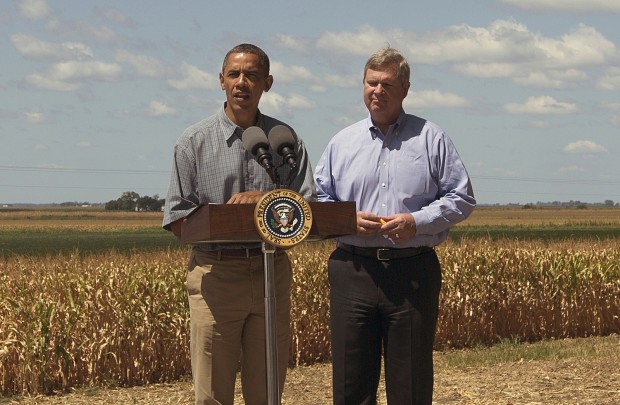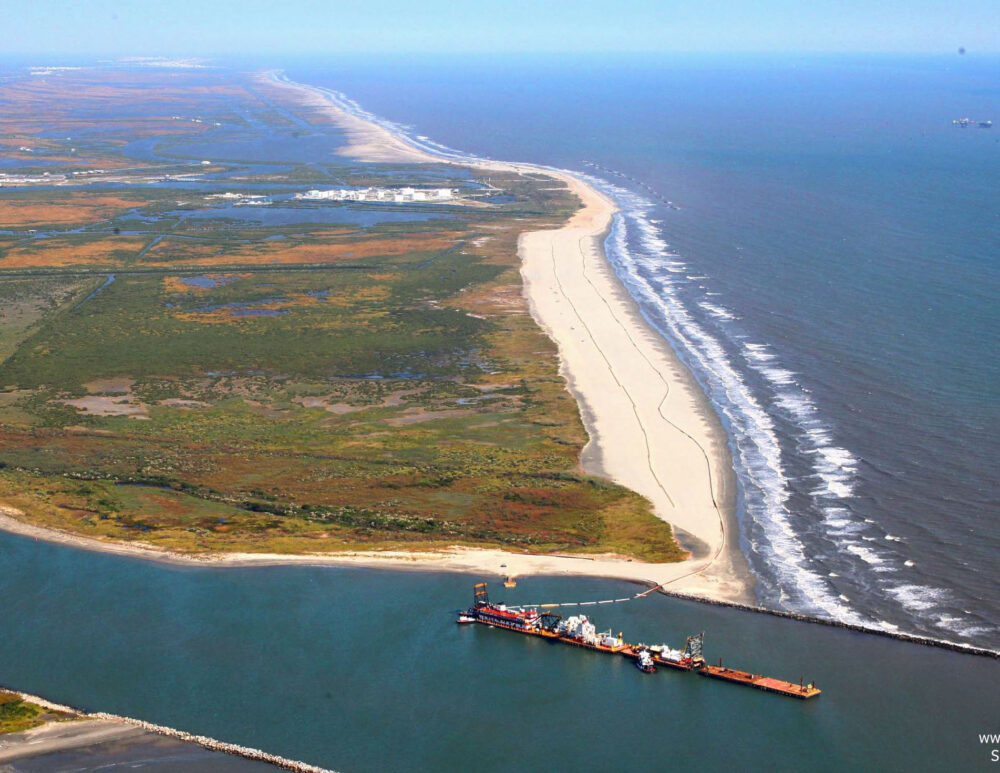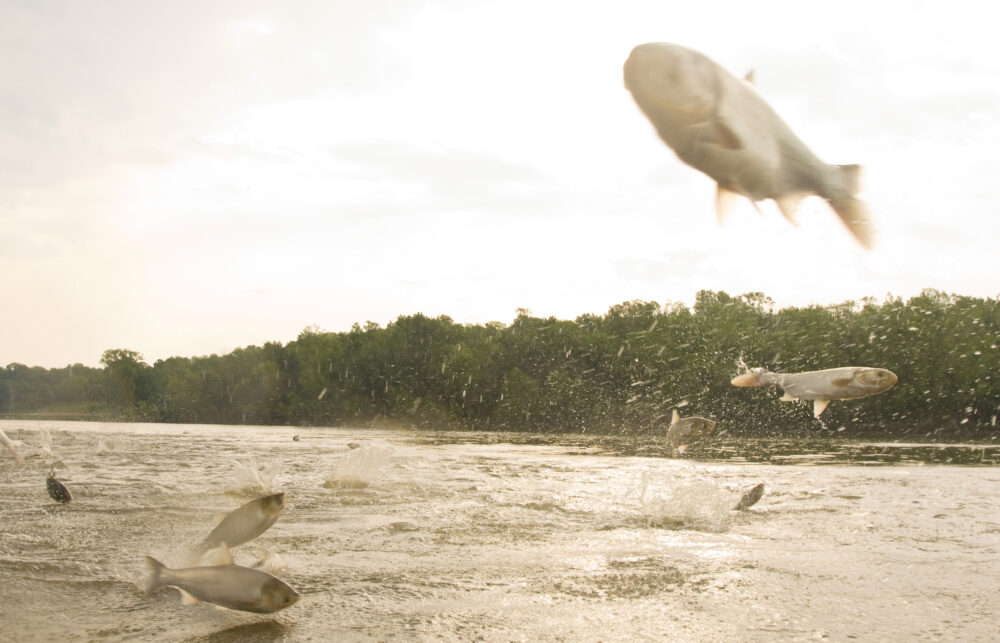We have much more to do and your continued support is needed now more than ever.
Keystone XL Review Fails the Climate Test
By now, even TransCanada’s CEO must be sick of the words “Keystone XL.” The biggest environmental story of the year was the company’s enormous tar sands pipeline, and the backlash against it — a movement built around a simple idea: If this project is built, we can kiss a stable climate goodbye. Now the fight enters its final stage with today’s State Department release of the “Supplemental Environmental Impact Statement” (SEIS), the official government review of Keystone XL, and the early analysis looks pretty bleak.

- The Supplemental EIS is mostly bad news. Few of the things we hoped would be included — such as climate impacts and threats to endangered wildlife like whooping cranes and woodland caribou — were seriously examined.
- Remember all of those problems with tar sands pipeline spills? Apparently the State Department decided they weren’t worth paying much attention to, even after the biggest inland spill in U.S. history, spill risks aren’t adequately addressed in the SEIS.
- Once again, Tribal communities are being left out of the conversation. The federal government is required to “meaningfully consult” with tribes on issues that affect them, but the SEIS ignores the concerns of Native American groups despite widespread opposition to the project.
- Legal experts believe the State Department should have re-evaluated the entire project in light of new information that’s come up over the last year. For example, back when KXL was proposed, the US wasn’t producing nearly as much domestic oil as it is now. When the point of a review is to evaluate “purpose and need,” you would think they would actually evaluate whether we need it.
- In a rare bit of good news, the SEIS acknowledged that tar sands oil is fundamentally different from conventional oil.

Where Does That Leave Us on Climate?
There are lots of problems to pick apart here, but let’s tackle the big one: climate change. President Obama has cast himself as the leader who will bring us back from the edge of planetary catastrophe, which makes this Keystone report even more baffling. The pipeline alone is bad enough (the greenhouse gas equivalent of 4.6 million cars) and we know that if it’s built, it will drive more tar sands mining. Crazily, the State Department is figuring that Keystone XL would just be one of many pipelines coming out of Canada in the next few years, and therefore can’t be held responsible for the resulting climate catastrophe. But in fact, Keystone is the linchpin for future development in the tar sands region. Mostly as a result of the campaign against Keystone, we’re already seeing that oil companies are slowing investments in the tar sands — the self-fulfilling prophecy of “more development –> more US oil imports” is being proven wrong in real time.
And if Obama rejects the project, it makes it that much harder, politically and economically, for the next company to build a pipeline through the U.S.; precedent will have been set. In other words, the State Department has fundamentally ignored its own role in how this scenario plays out. If they allow pipelines to get permits, the tar sands will be developed. If they reject the permits, the oil industry will really struggle to get its dirty product out of Canada. Just take a look at the cage match they’re fighting over the “Northern Gateway” pipeline, the Canadian equivalent of Keystone XL, which is going nowhere fast, thanks to steadfast opposition from First Nations (tribal) groups and tens of thousands of other citizens north of the border.
According to Jim Lyon, NWF’s vice president for conservation:
If Keystone XL wouldn’t speed tar sands development, why are oil companies pouring millions into lobbying and political contributions to build it? By rejecting the Keystone XL tar sands pipeline, President Obama can keep billions of tons of climate-killing carbon pollution locked safely in the ground.
NWF will be coming out soon with a more detailed analysis of the report, but right now we’re incredibly disappointed with what the State Department has put forward. Fortunately, we still have a chance to make our voices heard — there will be a 45-day public comment period, and you’d better believe we’re going to get loud. As I mentioned in yesterday’s post, this decision is ultimately President Obama’s to make, and we need him to stop the madness now. Keystone XL would take our climate to the point of no return. If he cares about his legacy, his kids, wildlife, or the billions of people around the world who are facing the looming specter of climate change, he has to say NO to this pipeline. There is no other option.
![]() Speak up for people and wildlife! Tell President Obama to reject the Keystone XL pipeline and protect our planet.
Speak up for people and wildlife! Tell President Obama to reject the Keystone XL pipeline and protect our planet.




















